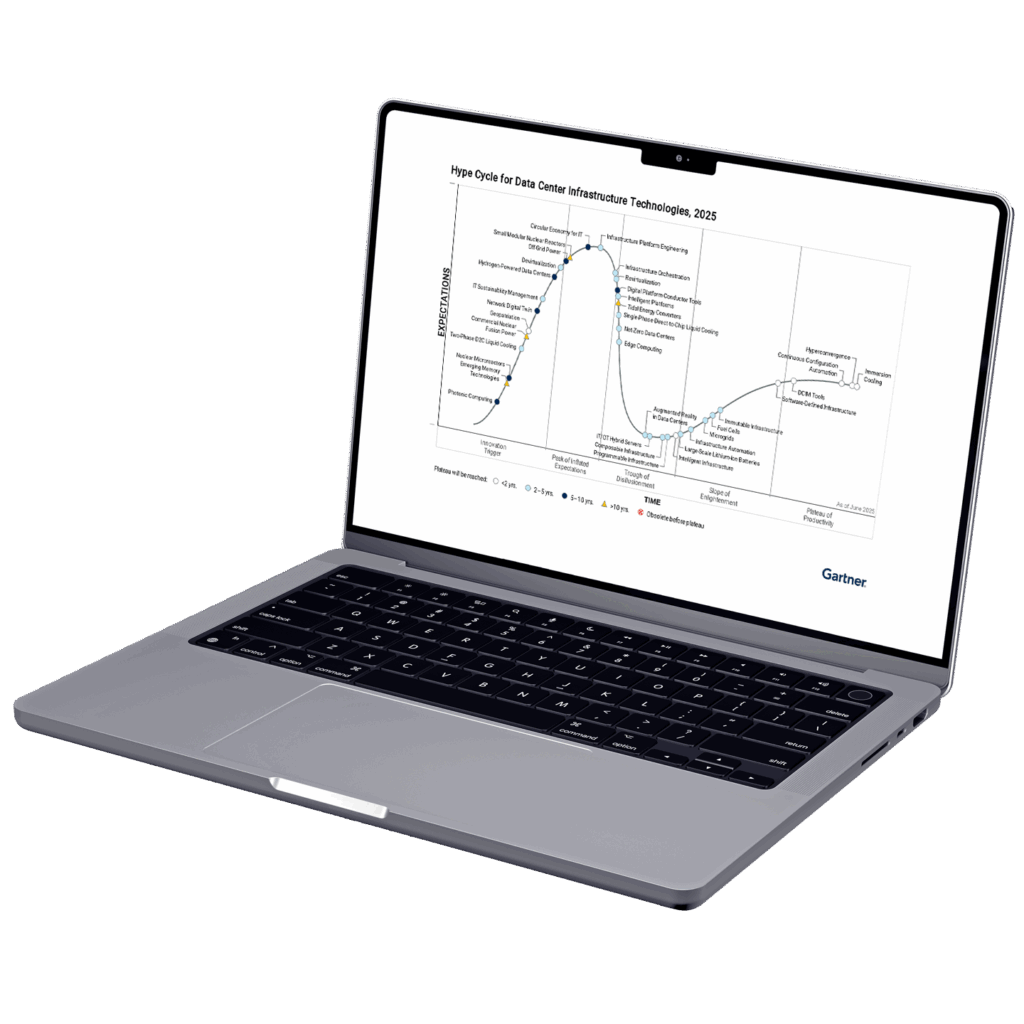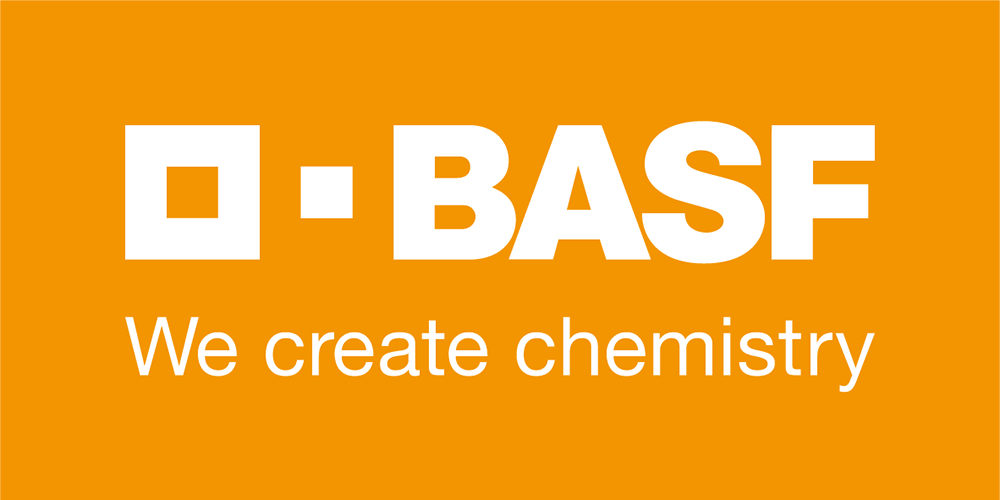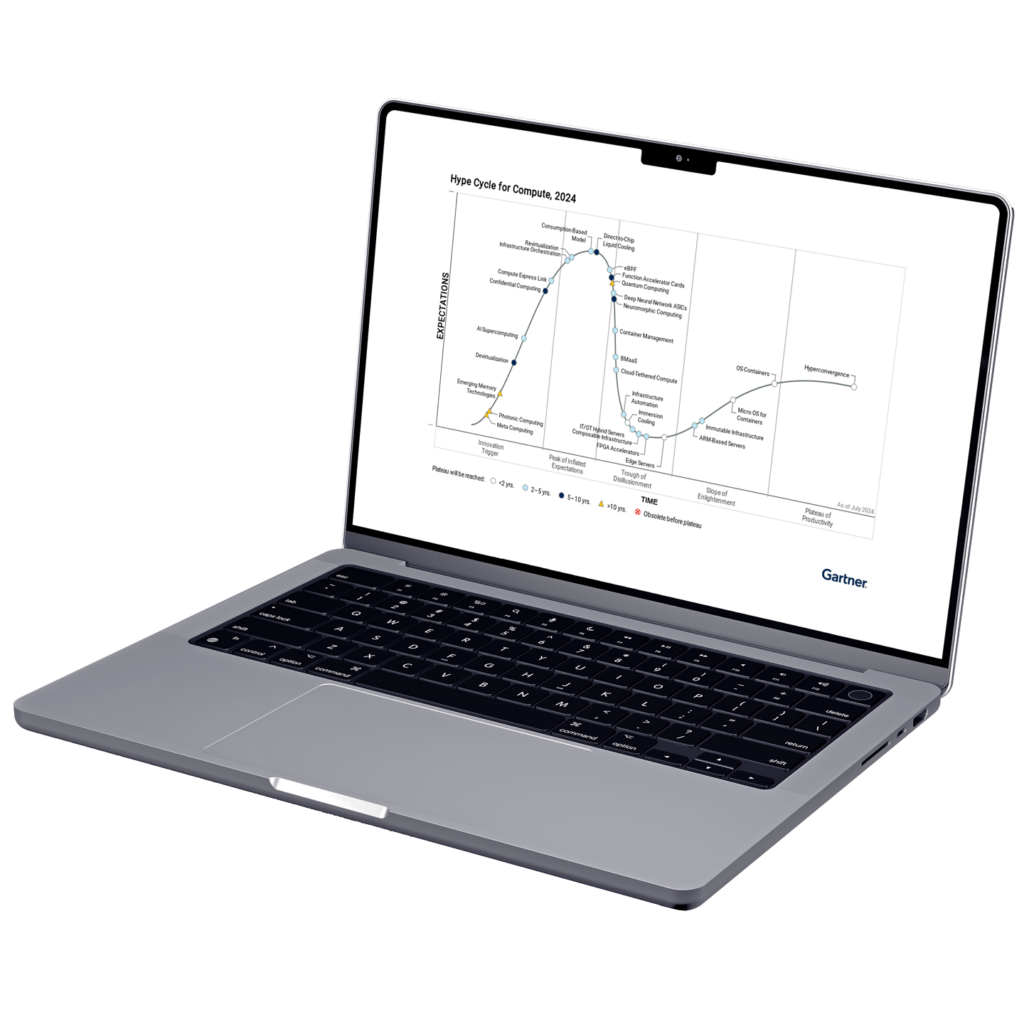AI changes the world. With its rise, energy resources and processing power surge – and traditional computig can’t keep up. Q.ANT’s Native Computing happens in the photonic realm. The Q.ANT Native Processing Unit NPU, the first commercially available photonic processor, sets a new era, going beyond traditional computing. With the promise to deliver up to 30 times the energy efficiency of conventional CMOS technologies, the system reduces operational costs and the environmental impact of data centers significantly.
With Native Computing, we tackle three fundamntal challenges facing the future of computing and AI:
Conventional compute technologies reach their limits.
As AI workloads grow exponentially, conventional CMOS-based architectures approach economic and technical limits. Scaling performance within acceptable power and cost constraints becomes difficult.
Energy consumption of AI surges.
The power requirements of hardware to date used for AI computing rise leading leads to significant energy demand at data center scale. This trajectory poses both economic and environmental concerns.
Chip manufacturing is geographically and structurally concentrated.
The current landscape of AI chip and hardware production is centralized in a few regions and dominated by a small number of companies. Q.ANT’s photonic chips can be produced on refurbished semicon fabrication lines enabling cost-efficient and decentralized chip production.
Step into the future of computing and witness our Native Processing Unit (NPU) at work. Our video demo reveals our first cloud-deployed photonic processor tackling a real-world AI task. Watch as light powers through complex calculations paving the way for energy-efficient AI in data centers.
We provide complimentary access to the Gartner® Hype CycleTM for Data Center Infrastructure Technologies 2025 report. Learn how Photonic Computing can enable energy efficient data centers in a future of rising AI and HPC.

Fueled by Industry Collaborations, Funded Initiatives, and Innovative Research Partnerships.










HPC doesn’t have to cost the earth (Der Titel sollte lieber direkt den Namen des Events beinhalten für SEO) Meet Q.ANT at ISC High Performance [...]
Stuttgart/Garching, Germany – July 22, 2025 – Q.ANT has delivered its Native Processing Server (NPS) to the Leibniz Supercomputing Centre (LRZ), marking the first integration [...]
We integrate a LinkedIn Feed via the SociableKit platform here. When viewing the posts, data is transferred to the USA. By clicking the “Load Posts” button, you expressly consent to a corresponding data transfer to the USA and thus to an “insecure third country”. We expressly point out that currently a transfer is taking place without an adequacy decision and without guarantees, which comes with corresponding risks (access to data by US authorities). For more details, please refer to our privacy policy.
We integrate a LinkedIn Feed via the SociableKit platform here. When viewing the posts, data is transferred to the USA. By clicking the “Load Posts” button, you expressly consent to a corresponding data transfer to the USA and thus to an “insecure third country”. We expressly point out that currently a transfer is taking place without an adequacy decision and without guarantees, which comes with corresponding risks (access to data by US authorities). For more details, please refer to our privacy policy.
Hendrik Haerter interviews Michael Foertsch on the implications the new photonic processors will have on HPC and AI datacenters.
Q.ANT delivered its Native Processing Server (NPS) to the Leibniz Supercomputing Centre (LRZ), offering a path toward significantly higher performance with drastically lower energy consumption for AI applications.
In their podcast Till Stenzel from SET Ventures and Yann Fiebig from HTGF discuss the meaning of the € 62 million series A funding round of Q.ANT.
The German national news outlet “Tagesschau” reported in its format “Tagesthemen”about Q.ANT’s world’s first deployment of a photonic AI processor into a supercomputing center, the Leibniz Rechenzentrum (LRZ) in Munich.
Sofia Chesnokova digs into the €62 million funding for Q.ANT, Europe’s biggest investment round in photonic computing, and what this means for the company and the future of analog photonic computing in AI and HPC datacenters.
Nick Flaherty reports on how Q.ANT has delivered its Native Processing Server (NPS) to the Leibniz Supercomputing Centre (LRZ), marking the first integration of an analog photonic co-processor into an operational high-performance computing (HPC) environment.
For the first time, light-based processors are being evaluated in a real HPC environment under practical workloads” as explained by Dr Michael Förtsch, CEO of Q.ANT with regards to a German Supercomputing Center deploying a photonic AI processor for the first time worldwide.
What if the future of AI computing wasn’t electric at all? This is the question “All About Circuit” raises as it covers Q.ANT’s world’s first photonic AI processor deployment to a supercomputing facility, the Leibniz Supercomputing Centre (LRZ).
In this very in depth article in German, the authors Filipe Pereira Martins und Anna Kobylinska give a deep insight on the photonic AI accelerator, its advantages as well as the technologies and materials it is based on.
In an interview with Techexplorer Anastasi In Tech, Michael Förtsch explains how Q.ANT’s revolutionary light-based processor could transform the future of AI data centers.
We are challenging nothing less than the status quo’ – The FAZ writes about the “superchip from Europe” and why it could turn the industry upside down.
In EE Times, Sally Ward-Foxton explains how Q.ANT’s launch of a photonic AI chip pilot line using lithium niobate (TFLN) boosts semiconductor sustainability and strengthens Europe’s computing independence.
“We are breaking through the narrative that you have to invest billions in new factories in order to produce cutting-edge technology.” Michael Förtsch explains the impact of Q.ANT’s technology on European tech sovereignty in the Wirtschaftswoche podcast.
Why is Q.ANT building its own pilot line and what opportunity does it offer for Europe? Michael Förtsch explains in an interview with Heinz Arnold from Markt&Technik.
Photonics Spectra highlights how Q.ANT’s photonic AI chip pilot line, using lithium niobate creates a blueprint for cost-effectively modernizing chip production worldwide.
In a feature by eeNews Europe, Peter Clarke reports how Q.ANT’s new pilot line could accelerate optical chip production for more efficient AI processing in Europe.
In an interview with Junko Yoshida from Ojo-Yoshida Report, Michael Förtsch explains why photonic computing could be the key to solving AI’s growing energy consumption challenge in data centers.
In an interview with Maurizio Di Paolo Emilio from Embedded Edge, Michael Förtsch discusses how photonic computing is paving the way for more efficient and sustainable AI systems.
In an interview with Peter Clarke from eeNews Europe, Michael Förtsch details how Q.ANT’s new lithium niobate processor achieves 30x efficiency improvements over traditional GPUs through analog optical computing.
Q.ANT GmbH
Handwerkstr. 29
70565 Stuttgart
Germany
We provide exclusive access to the Gartner® Hype Cycle™ for Compute 2024 report. Learn how Photonic Computing can transform future business and society.
